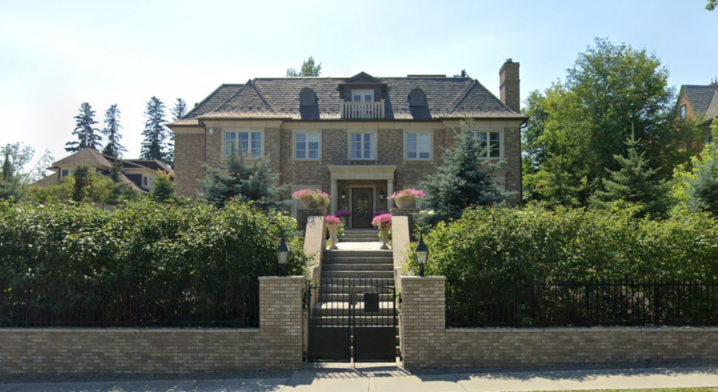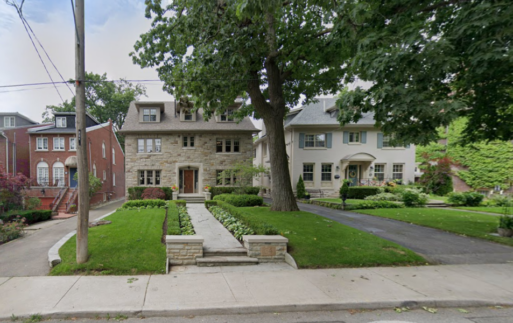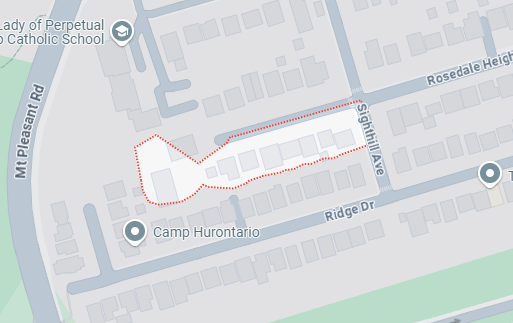Is it possible for a household to spend $20,000—or even $60,000—on dining out annually? The answer might surprise you: Yes!
While these numbers might sound extraordinary, they represent a slice of reality for some of Canada’s wealthiest households. But how do we know this, and how is it even possible? To explore these questions, let’s take a closer look at the data and examine two prime examples: the postal codes M4T 1C2 in Toronto and T2S 0G3 in Calgary.
How We Know: The Role of Data in Capturing Extreme Spending Patterns
Our insights come from analyzing spending data across Canada, revealing that some of the wealthiest households spend extraordinary amounts on dining out. These patterns are often concentrated in affluent neighbourhoods with million-dollar homes and multimillion-dollar incomes, belonging to Canada’s wealthiest 1%.
M4T 1C2: A Snapshot of Toronto’s Elite Dining Habits
Located in one of Toronto’s wealthiest neighbourhoods, the postal code M4T 1C2 is home to approximately 10 households. Each household boasts an average income of $1 million and properties valued at a staggering $5.6 million. These aren’t just homes—they’re luxury estates, many with expansive backyards and private swimming pools.
Now, how does this translate to dining habits? Our data shows that households in this area spend about $20,000 annually on restaurants. While this may sound extraordinary, let’s consider the context. Toronto is home to numerous Michelin-star restaurants.
For instance, a two-star Michelin Japanese omakase restaurant charges $700 per person for its tasting menu. add alcoholic pairings at $500 per person, and after taxes and tips, a single dinner for 2 can easily surpass $3,000. If residents of M4T 1C2 enjoy such experiences monthly, their dining expenses could quickly climb to $40,000 or more annually.
Such spending highlights the lifestyle of Toronto’s affluent residents, who indulge in fine dining as part of their routine.
T2S 0G3: Calgary’s High-Spending Elite
Shifting west to Calgary, postal code T2S 0G3 provides another fascinating case. Situated just five minutes from the city’s downtown core, this area is a notable exception to Calgary’s more affordable housing market. With only two households, the properties here include a 7,000-square-foot home (1 acre lot) valued at $7.5 million, complete with a tennis court and 6 heated parking spots. Its coach house (separate house originally used to store horse carriages) has 2 bedrooms! Households in this postal code enjoy an average income of $1.5 million per year.
While Calgary’s overall cost of living is lower than Toronto’s, fine dining is no less prominent. Alberta is known for its upscale steakhouses, where the cost of a fine meal can average $300 per person. For Wagyu or Kobe beef, that’s easily over $300 per person. Pair that with premium wine bottles ranging from $500 to $1,500, and it becomes clear how households in T2S 0G3 can spend $20,000 or even $60,000 annually on dining out.
Beyond steakhouses, Calgary also has a thriving scene of exclusive private chef services. Hiring a private chef for a small gathering can cost $2,500-$5,000 per event, which adds up when done frequently.

Beyond Fine Dining: How Else Do These Expenses Add Up?
Dining out isn’t just limited to high-end restaurants. Wealthy households often spend significantly on:
- Frequent restaurant visits: A family of four dining at upscale restaurants weekly could easily spend $500-$1,000 per visit, depending on the menu and drinks. Over the course of a year, this adds up to $26,000-$52,000.
- Hosting social gatherings: Hosting private events or celebratory dinners at restaurants often comes with hefty price tags. Renting a private room in a high-end restaurant can cost $10,000 or more per event, depending on the size and exclusivity of the gatherings.
- Seasonal and Holiday Spending: Special occasions often see higher spending. For example:
- A New Year’s Eve dinner at a high-end venue with a multi-course meal and premium champagne could cost $5,000 for two people.
- Lavish summer patio dinners with friends, featuring catered services or on-site chefs, can cost $2,000-$10,000 per event.

What This Tells Us
Uncovering these niche postal codes highlights the critical role of data in understanding consumer behaviour. The ability to pinpoint such extreme cases demonstrates the value of our data products in preserving granular distinctions.
While many Canadians budget carefully for dining out, households in M4T 1C2 and T2S 0G3 represent the opposite end of the spectrum. With million-dollar income, access to high-end restaurants, and lifestyles centred around luxury, their dining habits reflect a unique segment of the population.
Why This Matters
Understanding the differences between a household that spends $60,000 a year dining out versus one that spends $1,000 goes beyond just numbers—it’s about recognizing how spending patterns define lifestyles, priorities, and opportunities. Even within affluent households, spending $10,000 a month on dining represents a vastly different behaviour compared to $60,000 a year.
For businesses, these insights are invaluable. Whether it’s tailoring marketing strategies, identifying premium audiences, or forecasting economic trends, our data empowers decision-makers to capture nuance and variability. By identifying these high-spending postal codes, we open the door to more targeted, effective strategies for reaching Canada’s most affluent consumers.
Conclusion
In the world of extreme wealth, spending $60,000 on dining out isn’t as far-fetched as it may seem. Whether it’s enjoying omakase in Toronto, savouring fine steak in Calgary, or indulging in international culinary adventures, affluent households live lifestyles that reflect their extraordinary means. Through our data, we bring these hidden patterns to light, helping businesses and organizations make better decisions by understanding the full spectrum of consumer behaviour.
Check out our other blogs here -> https://manifolddatamining.com/blog/
Contact us to learn more!


